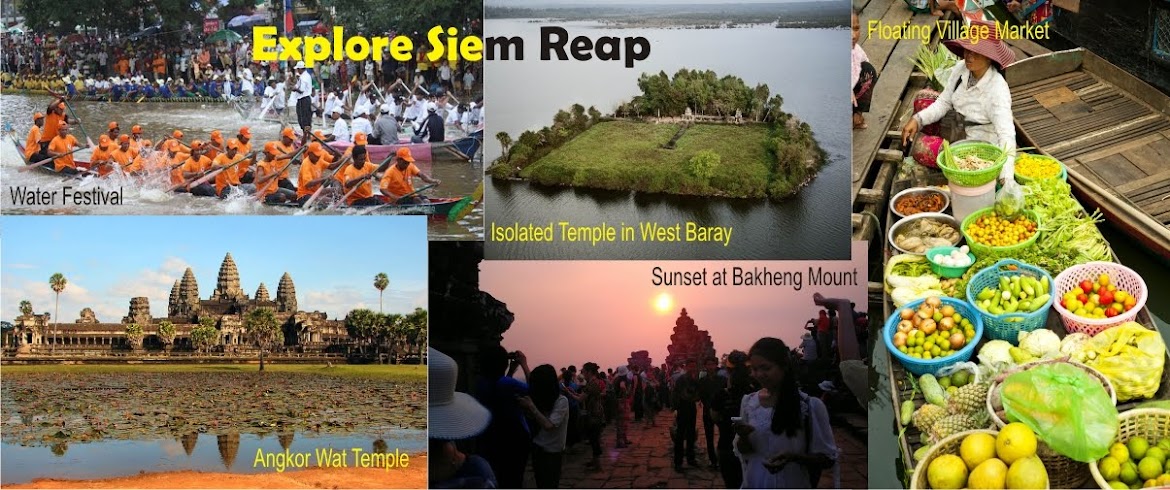Victory of Krishna over the asura Bana (c.60 m).
This story is taken from the Harivamsha text. It concerns the adventures of Aniruddha when he was captured and made prisoner by the asura Bana, after the latter heard that he wanted to marry his daughter. On learning this, Krishna together with Balarama and Pradyumna, hastened immediately to the city of Shonitapura to rescue Aniruddha. Before entering the city, with the help of Garuda he extinguished the legendary ‘ five fires ’, and then annihilated the army of the asuras, in a battle culminating with the beheading of Bana.
In the relief, the scene starts with Garuda, carrying Vishnu on his shoulders (54, page 47), appearing in the middle of a great army of devas recognisable by their conical mukuta, marching in battle order, led by musicians. Vishnu is represented here with eight arms, brandishing the traditional attributes: arrow, javelin, discus, conch, club, thunderbolt, bow and shield. It is impossible to count his faces; the texts say they number 1,000. He is accompanied by two heroes on the wings of Garuda, one being his brother Balarama and the other possibly his son Pradyumna.
When they arrive in front of the city where the enemy is ready to do battle, the three heroes are stopped by a wall of fire. However, according to the text, Garuda extinguishes it(49, page 45) with water taken from the Ganges that he transforms into rain. In fact, the relief only shows Garuda clearing the wall of flames. Once on the other side of the blaze, besides Garuda, is Agni, represented as a giant with six heads and four arms mounted on a rhinoceros (52, page 46), and preparing to fight. Krishna’s army, advancing swiftly, enters the city and attacks Bana’s soldiers, to annihilate them. A furious melee follows, with the combatants inextricably locked together. Krishna appears again on Garuda; this time the god only has four arms and fight with the bow, disc, and club. Then gi reappears with a thousand faces and eight arms, accompanied by his acolytes. As he progresses he finds himself face-to-face with Bana, his chariot pulled by two mythical lions (looking rather grotesque).
The asura Bana whirls his thousand arms, buy Krishna reduces them to tww. When he is dealing Bana the final blow, Shiva intervenes to ask for mercy, having previously promised immortality to Bana. Eventually, after much fighting, Krishna, by the power of his sacred and magic weapons, manages to win the battle.
The conclusion of the story is represented at the right extremity of the panel. Shiva can be seen, depicted in Chinese aspect, on a high pedestal(probably symbolic of a mountain) receiving the respects of Krishna, with a thousand heads (167). He had won the battle against Bana, and kneels before Shiva, on a lower pedestal, his hands joined on his chest. In between the two, on the lowest pedestal, are Ganesha and parvati, Krishna’s wife (or maybe) fill the I lands of the mountain.
Shiva (168), as mentioned above, is not depicted in a Khmer manner but in a Chinese style, with an oval face with long thin beard, covered scarves and jewelry, and with several ribbons around his hairdo (bizarre for an ascetic). He does not hosed the typical discus (cakra)but a sword, and is sitting on a throne decorated with hatched interlocking triangles, rare in Cambodia but common in China. The clouds floating over the battlefield are also treated in a Chinese manner (169), as are the flames of the fire (170). It is known that Chinese artisans completed this relief the 16th century.

No comments:
Post a Comment